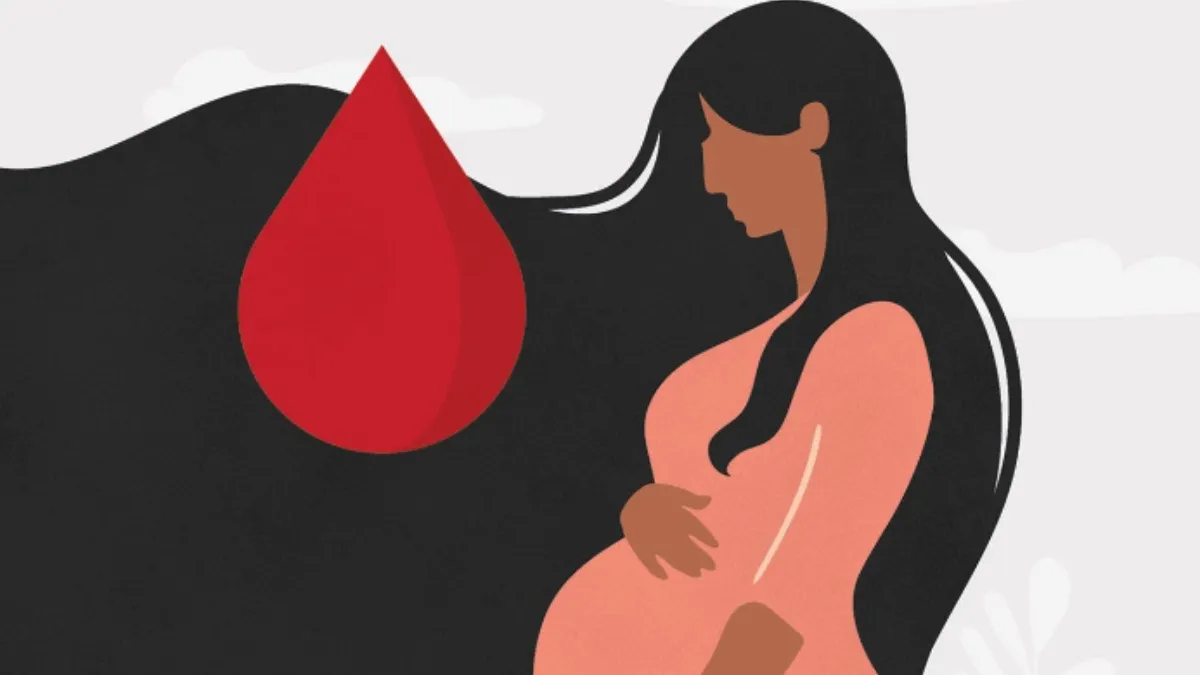Bringing a new life into the world is a joyous occasion, but it can also present challenges, especially when unexpected complications arise. Among these complications, postpartum haemorrhage (PPH) stands out as a significant concern. According to the World Health Organization, Postpartum haemorrhage (PPH) is defined as blood loss of 500 ml or more within 24 hours after birth. It is the leading cause of maternal mortality and morbidity worldwide and 75-90% of these haemorrhages result from uterine atony. While not all PPH cases are severe, prompt recognition and effective management of severe PPH are crucial in saving lives.
Early Recognition of Severe Postpartum Hemorrhage (PPH):
According to Dr Sunita Tandulwadkar, M.D (OBGY), FICS (Gynae Endoscopy), FICOG, Medical Director & Chief at DPU IVF & Endoscopy Centre, early recognition of severe postpartum haemorrhage is crucial for timely intervention and optimal outcomes. Healthcare providers must be vigilant in monitoring postpartum patients for signs of excessive bleeding, such as persistent heavy bleeding, hypotension, tachycardia, and signs of shock. Routine postpartum assessments, including uterine palpation and measurement of blood loss, are essential for detecting abnormal bleeding patterns early.
Risk factors for postpartum haemorrhage such as uterine atony, retained placental tissue, coagulation disorders, and multiple pregnancies, should be carefully evaluated during antenatal care and childbirth. Women with known risk factors require closer monitoring postpartum to facilitate early recognition of potential complications.
Management Strategies for Severe postpartum hemorrhage:
The treatment and management of postpartum haemorrhage are focused on the resuscitation of the patient while identifying and treating the specific cause.
In cases of uterine atony, the main cause of severe postpartum haemorrhage, additional interventions may be required. Medical management with uterotonic and pharmacologic agents is typically the first step if uterine atony is identified. While oxytocin is given routinely by most institutions at the time of delivery (see prevention), additional uterotonic medications may be given with bimanual massage in an initial response to haemorrhage. Uterine massage, bimanual compression, and the use of uterine balloon tamponade devices can help achieve hemostasis and reduce bleeding. Surgical options, including uterine artery embolization and hysterectomy, may be considered in refractory cases or when conservative measures fail.
Prevention is Key
While prompt and effective management of severe PPH is vital, preventing it altogether is the ideal scenario. Antenatal care plays a crucial role in identifying risk factors for PPH, such as placental abnormalities, multiple pregnancies, or a history of PPH. During labour and delivery, active management of the third stage of labour, which includes administering uterotonic drugs, controlled cord traction, and uterine massage, has been shown to reduce the risk of PPH significantly.
Patient Education and Empowerment:
Patient education is also crucial in the early recognition of severe postpartum haemorrhage. Women should be informed about the signs and symptoms of excessive bleeding after childbirth and encouraged to seek immediate medical attention if they experience any concerning symptoms. Empowering patients to advocate for their care can lead to faster intervention and improved outcomes in severe postpartum haemorrhage cases.
Severe postpartum haemorrhage remains a challenging obstetric emergency that requires swift and coordinated action. By staying vigilant, prepared, and proactive, healthcare providers can continue to improve maternal health and reduce the impact of PPH on new mothers and their families.
ALSO READ: What is vaginal acne? Know causes, treatment and prevention tips

